Organizing your living room can feel like an overwhelming task, especially when faced with clutter and limited space. Whether you’re dealing with a small apartment, a cozy duplex, or even a spacious home, creating a clutter-free environment is essential for both functionality and mental well-being. This guide offers expert ideas and practical strategies to transform your living room into a tidy, inviting space that reflects your personal style and enhances daily life. From understanding the 2/3 rule for maximizing space to exploring clever storage solutions and layout designs, we’ll walk you through every step needed to achieve a polished look. With tips inspired by Reddit communities and real-life experiences, this article provides actionable advice for anyone seeking to declutter and organize their living room effectively. Say goodbye to chaotic spaces and hello to a serene haven that boosts your confidence and efficiency. Let’s get started on your journey to a clutter-free living room!
Key Takeaways
– Declutter First to Streamline Your Space: Start by separating items into keep, throw away, and donate to identify what stays and what goes.
– Categorize Everything for Better Organization: Group similar items into categories like clothes, books, electronics, and seasonal items.
– Maximize Space with Vertical Storage: Use wall-mounted shelves, hanging organizers, and drawer dividers to keep items accessible and out of the way.
– Invest in Multi-Functional Furniture: Choose pieces like benches with drawers or ottomans with hidden compartments for added storage.
– Adopt a Daily Tidying Routine: Spend 10 minutes each day folding laundry, putting away dishes, and returning items to their designated spots.
– Label Bins for Quick Access: Use clear labels on storage containers to easily find what you need.
– Keep Regular Cleaning Habits: Clean frequently touched areas like countertops and floors weekly to prevent dust and dirt buildup.
– Enhance with Decorative Elements: Add plants or artwork to create an inviting atmosphere while maintaining organization.
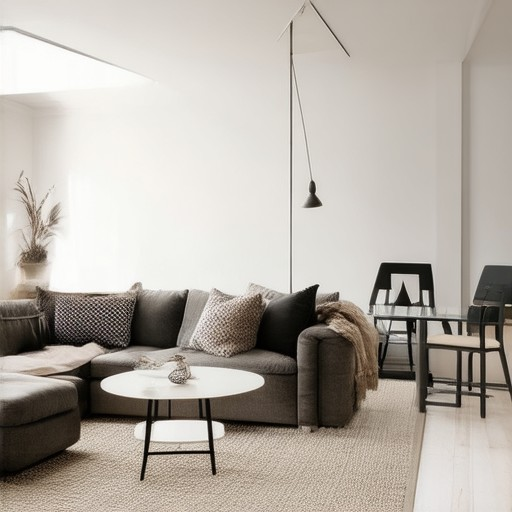
Understanding the 2/3 Rule for Living Rooms
The 2/3 rule is a simple yet effective guideline for arranging furniture and creating balanced living spaces. By focusing on proportions, this rule helps ensure your room feels neither cramped nor overly spacious.
How to Apply the 2/3 Rule
1. Start by visualizing your living room divided into three equal sections. Measure the length of one wall or the area where your primary furniture will go.
2. Determine the size of your largest furniture piece. According to the 2/3 rule, this item should occupy approximately two-thirds of the available space along the wall.
3. Leave one-third of the space free. This creates breathing room, allowing your eyes to rest and the room to feel more open and inviting.
Examples of Application
- Place a sofa or sectional as the focal point, taking up two-thirds of the wall space behind it.
- Leave space for a coffee table or console table in the remaining third, ensuring accessibility and functionality.
- Apply the same principle to other areas, such as arranging bookshelves or TV stands proportionally.
Why the 2/3 Rule Works
This rule balances comfort and aesthetics by preventing your room from feeling cluttered while maximizing usable space. It ensures that your furniture scales appropriately with the room’s dimensions, creating a harmonious environment.
Additional Tips for Optimal Space Utilization
- Follow our furniture arrangement guide for more tailored tips.
- Consider complementary color schemes to enhance the visual balance.
- Check out our lighting recommendations to maximize the room’s ambiance.
- For further inspiration, explore our decor ideas .
By applying the 2/3 rule thoughtfully, you can create a living space that feels both comfortable and stylish, tailored to your unique preferences.
How to Layout Your Living Room
To create an inviting and functional living room layout, consider the following steps:
1. Define the Functionality
Identify the primary functions of your living room, such as relaxation, entertaining guests, and occasional work. This will guide your furniture placement and decor choices.
2. Consider Furniture Arrangement
Start by measuring your room dimensions and sketching a rough layout. Arrange seating away from the walls to create a spacious feel. Place a conversation area near the entrance for easy interaction, with seating facing each other rather than the TV.
3. Optimize Lighting
Integrate a combination of natural light, task lighting, and ambient lighting. Use a floor lamp for reading areas and wall sconces for added warmth and ambiance. Choose soft neutrals for calming vibes or an accent wall for visual interest.
4. Decorative Elements
Add artwork and plants to enhance the room’s character. Use decorative elements like vases and throw pillows to tie the space together, avoiding clutter and maintaining a clean look.
5. Storage Solutions
Implement hidden storage options such as console tables or cabinets to keep essentials tidy. Use baskets or trays for organizing smaller items like remote controls and toys.
6. Color Coordination
Choose a harmonious color palette with a neutral base and accent colors that complement your decor. Test color swatches to ensure they create a cohesive and visually appealing space.
7. Style Inspiration
Draw inspiration from various styles like modern minimalist or cozy traditional, but tailor them to reflect your personality. Mix styles carefully to avoid a mismatched look, ensuring each element aligns with your aesthetic.
8. Window Treatments
Select window treatments that offer privacy and light control, such as sheer curtains during the day and heavier options at night. Ensure they complement your decor.
9. Furniture Scale and Comfort
Mix furniture sizes to create visual interest. Use cushions and throw pillows for comfort and color pops, ensuring they enhance both functionality and style.
10. Accessibility and Flow
Ensure smooth traffic patterns and accessibility. Keep pathways clear and consider acoustic elements like rugs to enhance comfort and reduce noise.
11. Measure and Plan
Accurately measure the room and plan each piece’s placement. Use a sketch to visualize layouts and experiment with configurations before committing.
12. Create Zones
Define distinct areas such as a sitting zone, dining area, and reading corner. Use rugs to separate these spaces without dividing the room visually. By following these steps, you can design a living room that is both stylish and functional, catering to your lifestyle and personal preferences.
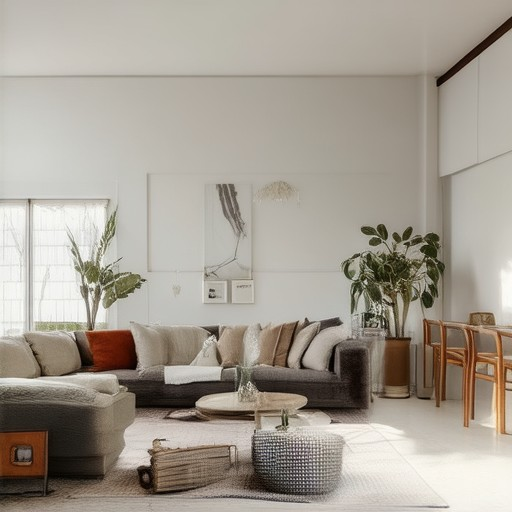
Where Should a Couch Be Placed in a Living Room?
Placing a couch in a living room involves considering several factors to ensure functionality, aesthetics, and comfort. Here are some guidelines:
- Room Size: In smaller rooms, opt for a compact sofa to prevent overcrowding. In larger spaces, choose a bigger model to maximize comfort without overwhelming the area.
- Focal Points: Position the couch adjacent to or opposite a focal point like a TV, fireplace, or artwork to create a balanced and cohesive design.
- Style Considerations: Choose a sofa that complements the room’s style. A minimalist design works well in modern settings, while ornate pieces suit traditional decors.
- Functionality: Face the couch toward a wall or window for a cozy feel, or position it near the entertainment center for a social setup.
- Symmetry and Traffic Flow: Center the couch for symmetry or place it strategically to avoid blocking pathways, ensuring smooth movement around the room.
- Personal Preference: Ultimately, the placement should reflect individual preferences for comfort and aesthetic appeal.
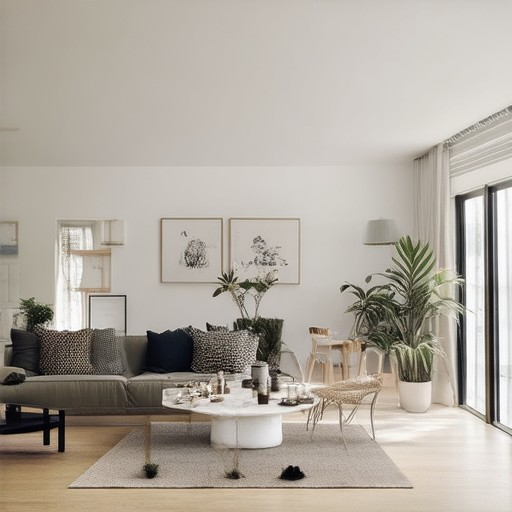
How to Organize Your Room with Too Much Stuff
Organizing a cluttered room can seem overwhelming, but with a systematic approach, you can transform the space into a calm, functional area. Here’s a step-by-step guide to help you get started:
- Declutter First: Start by assessing your belongings. Separate items into three groups: keep , throw away , and donate . This helps you identify what stays and what goes.
- Categorize Everything: Group similar items together. For example, clothes, books, electronics, and seasonal items each deserve their own category.
- Reorganize Spaces: Determine the most efficient use of your room. Consider moving bulky items to areas where they fit best, like using under-the-bed storage for clothes or installing shelves for books.
- Use Vertical Storage: Maximize space with wall-mounted shelves, hanging organizers, or drawer dividers. This keeps items accessible yet out of the way.
- Multi-Functional Furniture: Invest in pieces that offer extra storage, such as benches with drawers or ottomans that conceal hidden compartments.
- Maintain Order Daily: Set aside 10 minutes each day to tidy up. Fold laundry immediately, put away dishes, and return items to their designated spots.
To keep your room organized long-term, consider these additional tips:
- Label Bins: Use clear labels on storage containers so you can quickly find what you need.
- Regular Cleaning: Clean frequently touched areas weekly, like countertops and floors, to prevent dust and dirt buildup.
- Decorative Elements: Add plants or artwork to make the space more inviting while keeping it organized.
By following these steps, you’ll create a tidy and functional room that reflects your personal style. Remember, organization isn’t about perfection—it’s about making your space work for you!
How to Declutter a Room When Overwhelmed
Decluttering a room can feel overwhelming, but breaking it down into manageable steps can make the process easier. Here’s a structured approach to help you regain control and create a more organized space:
- Assess the Space
- Identify Clutter Zones: Start by walking through the room and pinpointing areas that feel chaotic. Note any obvious piles of belongings or items that don’t have a designated spot.
- Create a Plan: Break the decluttering process into smaller tasks. Prioritize areas that impact daily life most, such as the bed, bathroom, or frequently used dining areas.
- Break It Down into Manageable Sections
- Kitchen & Dining Areas: Tackle food storage, utensils, and expired items first. Use drawer organizers or shelves to keep things tidy.
- Bathroom Essentials: Sort toiletries, towels, and bath products. Reorganize under the sink and consider adding a shelf for extra storage.
- Bedroom Organization: Fold clothes into drawers using laundry baskets or drawer dividers. Clear out old clothing that doesn’t fit anymore.
- Choose a System That Works
- Use Bins and Baskets: Assign labeled bins for different categories like books, crafts, or seasonal items. Baskets can help keep living areas tidy.
- Shelf Storage Solutions: Install floating shelves or use corner shelves to maximize vertical space. Label each shelf for quick access.
- Digital Filing System: Scan and file important papers digitally. Use folders or apps to keep track of bills, receipts, and other documents.
- Declutter Each Area Step-by-Step
- Living Spaces: Remove excess furniture or items that don’t bring joy. Consider donating or selling unused goods.
- Children’s Toys: Create a designated play area with bins for each type of toy. Rotate toys regularly to prevent overload.
- Office Clutter: File paperwork and organize cables. Use desk organizers to keep items within reach.
- Organize Your Finds
- Keep What You Love: Go through items and decide what to keep based on functionality and sentimental value.
- Recycle or Donate: Separate recyclables and donate usable items to local charities or friends in need.
- Store Seasonal Items: Pack away seasonal clothes, decor, and gear until needed next season.
- Maintain Cleanliness Daily
- Set a Routine: Dedicate a few minutes each day to pick up toys, fold laundry, and wipe surfaces.
- Use Cleaning Tools Effectively: Invest in organizers and cleaning supplies that help keep your space tidy.
- Schedule Regular Decluttering Sessions: Set reminders to tackle clutter every week or bi-weekly to prevent buildup.
- Celebrate Progress
- Take It One Day at a Time: Recognize that decluttering is a journey, not a destination. Celebrate small victories along the way.
- Stay Motivated: Visualize the end result and remind yourself of the benefits of a clutter-free space.
By following these steps, you can systematically declutter your room and create a more peaceful environment. Remember to stay consistent and enjoy the transformation!
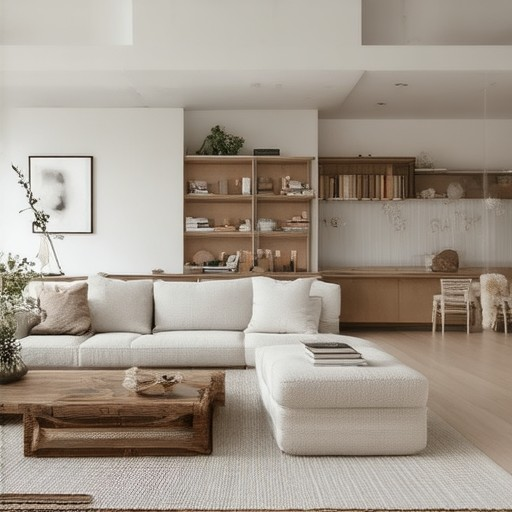
How to Declutter Your Room Step by Step
Here’s a comprehensive guide to help you declutter your room effectively:
- Assess Your Space : Start by evaluating the areas that need attention. Prioritize cluttered zones like bedrooms, living rooms, or entryways.
- Create Zones : Designate specific areas for different types of items. For example:
- Entryway : Keep coats, shoes, and bags organized.
- Living Area : Set aside spots for books, remote controls, and decor.
- Bedroom : Organize clothes, electronics, and personal items.
- Sort Items : Categorize belongings into three groups:
- Keep : Items you regularly use or need.
- Toss : Broken, outdated, or unnecessary items.
- Move : Items you might need later but don’t use daily.
- Use Storage Solutions : Implement organizers like drawer dividers, shelves, or bins to keep things tidy. Consider labels for easy identification.
- Declutter Digitally : Go through digital clutter, such as old files, apps, or social media accounts, and uninstall or delete what you no longer need.
- Regular Maintenance : Establish a routine to prevent clutter from returning. Regularly tidy up and donate items as needed.
By following these steps, you’ll create a more organized and calming environment in your home.

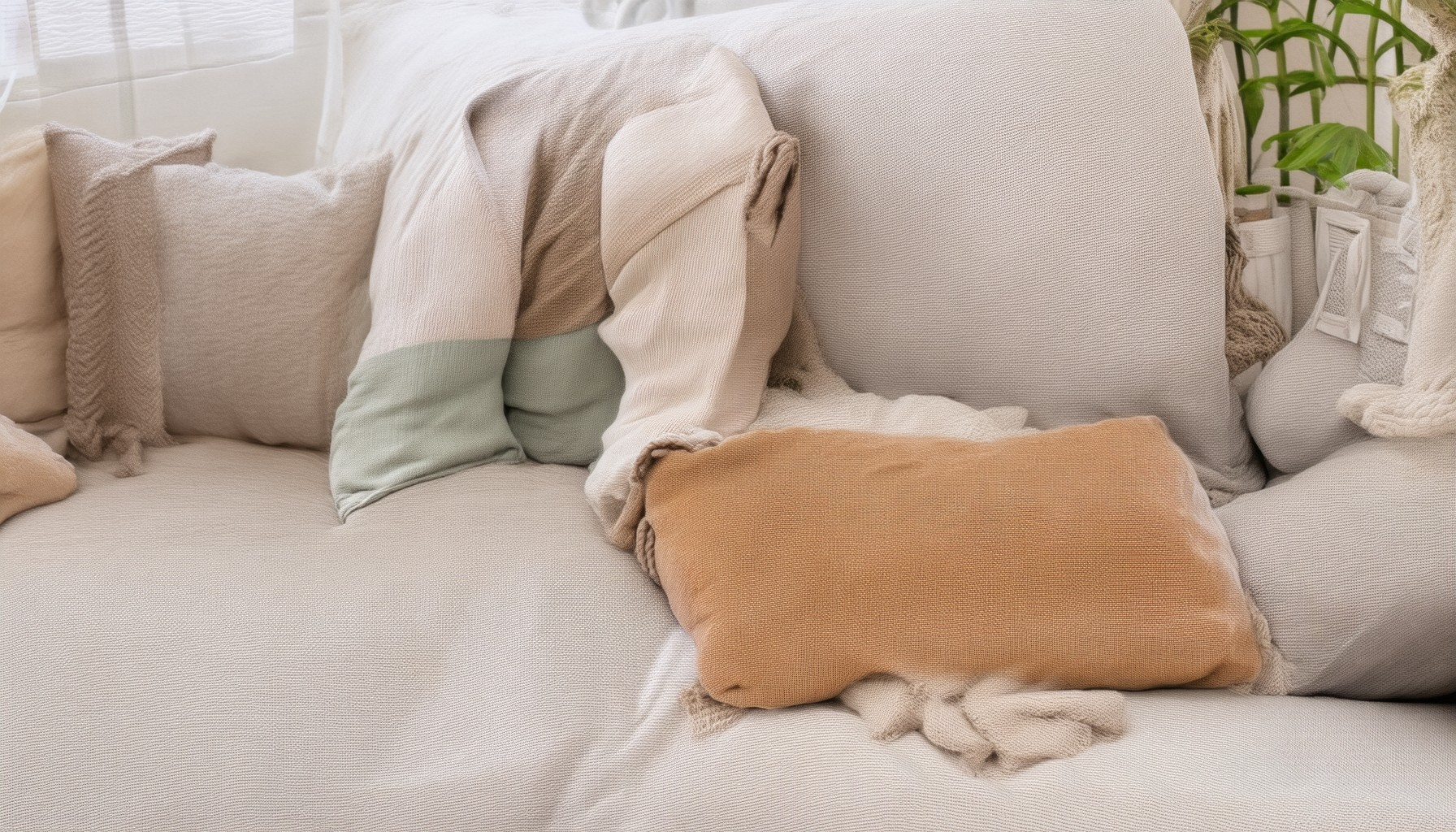



0 Comments